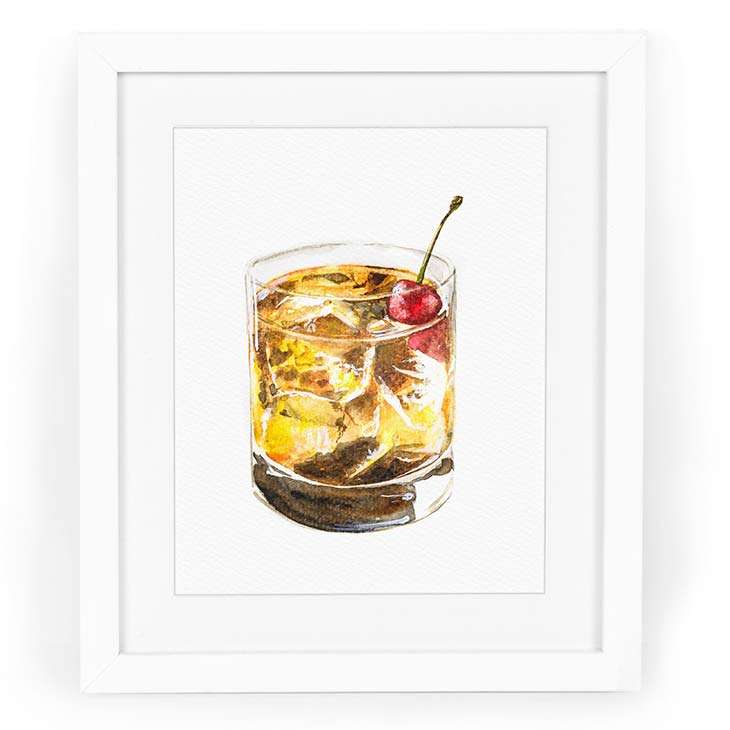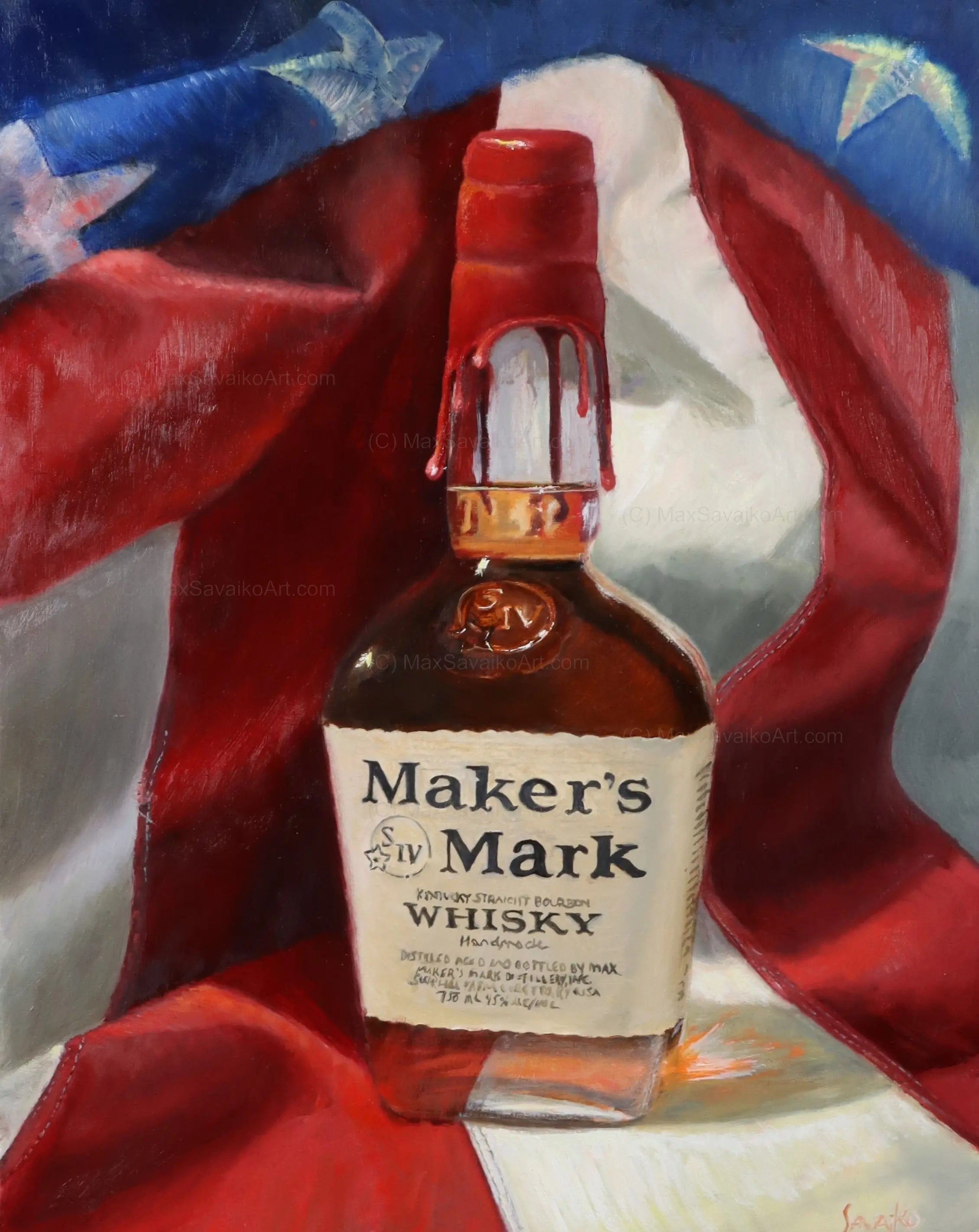Limited Edition Bourbon Art: Why Collectors Are Gathering to Distinct Finds
Limited Edition Bourbon Art: Why Collectors Are Gathering to Distinct Finds
Blog Article
The Importance of Whiskey Art in Celebrating Heritage and Workmanship in the Beverage Industry
The elaborate connection in between whiskey art and the event of heritage and craftsmanship within the beverage market can not be overstated. Through attentively made labels and bottles, scotch brand names envelop their historical origins and the artisanal abilities that specify their manufacturing approaches.
The Historic Origins of Whiskey
At the heart of bourbon's appeal exists a rich tapestry of historical roots that map back to old civilizations. The origins of scotch can be linked to the purification techniques of the Sumerians and Babylonians around 2000 BCE, where very early forms of fermented grain drinks began to arise. Nevertheless, it was in the Middle Ages that the art of distillation evolved considerably, especially in Ireland and Scotland, bring about the development of whiskey as we understand it today.
The term "bourbon" itself stems from the Gaelic word "uisce beatha," meaning "water of life." This phrase emphasizes the social importance of bourbon in Celtic societies, where it was often linked with rituals, events, and common bonding. By the 15th century, purification became an identified craft within reclusive neighborhoods, leading the method for the establishment of legal distilleries.
As trade paths expanded, bourbon's appeal expanded, going beyond regional limits and recording the interest of aficionados worldwide. Realism Art. This historical journey reflects not just the craftsmanship behind whiskey production but likewise its essential duty in cultural and social contexts, marking it as a considerable drink throughout history
Artistic Expression in Branding
Bourbon branding stands as a compelling intersection of artistry and commerce, where aesthetic identity plays an essential duty fit customer perception. The appearances of whiskey tags, packaging, and marketing products show not just the brand name's story but likewise its core values and heritage. Via artistic expression, distilleries share a narrative that resonates with customers, evoking feelings and triggering connections.
Making use of shade, typography, and images in branding serves to distinguish items in a saturated market. Typical themes may evoke a sense of credibility and craftsmanship, while modern layouts can signify innovation and forward-thinking. This strategic imaginative instructions enhances brand name recognition and loyalty, enabling consumers to build an individual partnership with the bourbon they select.
Additionally, imaginative expression in branding often offers as a celebration of local heritage. Distilleries often incorporate neighborhood icons or historical recommendations into their layouts, creating a local color that invites consumers to take part in a more comprehensive cultural experience. Inevitably, the creativity behind scotch branding not just enhances aesthetic allure yet additionally enriches the total narrative of the brand, promoting a much deeper gratitude for the workmanship and heritage ingrained in each container.
Craftsmanship in Bottle Style
The artistry obvious in whiskey branding expands past aesthetic identity to incorporate the craftsmanship entailed in bottle style. Each container acts as a vessel not just for the spirit within, yet also for the story it tells concerning its practice, top quality, and beginning. The layout procedure requires precise focus to information, as elements such as click for source material, closure, and shape contribute dramatically to the total assumption of the bourbon.
Workmanship in bottle design involves selecting premium glass that can improve the scotch's shade and clearness, while also offering a tactile experience for the consumer. The silhouette of the bottle need to be both practical and aesthetically appealing, commonly reflecting the heritage of the brand. Numerous distilleries decide for one-of-a-kind shapes or embossed logo designs that stimulate a feeling of credibility and background.
Moreover, the label design and typography play a critical role in communicating the brand's narrative. Limited Edition. A well-crafted bottle not only captivates the customer's eye however also enhances the brand name's commitment to quality and custom. This way, the craftsmanship of container style becomes an essential aspect of the scotch experience, combining artistry with a profound respect for heritage
Social Importance of Bourbon Art
Celebrating tradition and craftsmanship, the social importance of bourbon art goes beyond mere visual appeals, intertwining with the historical and social stories of the regions where it comes from. Each container serves as a canvas, showing the check unique tales, mythology, internet and practices that have actually formed neighborhood whiskey-making practices. The complex layouts often mirror the heritage of the distillers, incorporating signs and themes that resonate with the culture and worths of their neighborhoods.

Additionally, scotch art plays an essential duty in public gatherings and celebrations, serving as a substantial web link between people and their shared experiences. By valuing the creativity in whiskey packaging, consumers cultivate a much deeper understanding and respect for the craft, inevitably enriching their satisfaction of the drink itself.
Modern Trends in Scotch Discussion
Over the last few years, the discussion of scotch has actually advanced to show contemporary tastes and patterns while still honoring typical workmanship - Realism Art. Distilleries are increasingly concentrating on visual aspects that enhance the overall alcohol consumption experience, bridging the void in between heritage and modernity
Innovative container styles have actually arised, commonly incorporating sustainable materials and artistic labels that tell compelling stories. Many brands now collaborate with local artists, infusing their products with unique visual expressions that resonate with customers. In addition, limited-edition launches are commonly packaged in collectible containers, adding worth and charm for lovers.

Conclusion
In final thought, whiskey art functions as an important channel for revealing the heritage and craftsmanship inherent in the drink sector. With complex branding, ingenious container designs, and culturally substantial creative components, whiskey brand names successfully honor their practices and attach with consumers. This imaginative narrative not only raises the appreciation of bourbon however additionally reinforces community identity and satisfaction amongst producers. Eventually, whiskey art plays a vital duty in preserving and celebrating the rich cultural tapestry of whiskey-making.


Craftsmanship in container style entails picking high-grade glass that can improve the bourbon's color and clearness, while additionally supplying a responsive experience for the consumer. In this means, the workmanship of container layout comes to be a vital aspect of the whiskey experience, merging artistry with an extensive respect for heritage.
In final thought, whiskey art serves as a vital avenue for revealing the heritage and workmanship integral in the beverage market.
Report this page